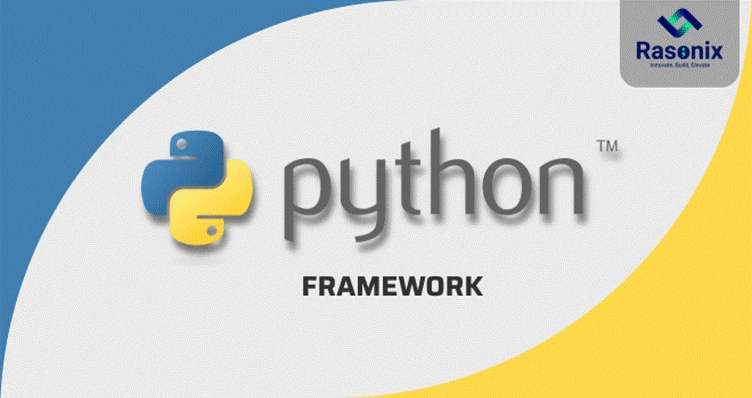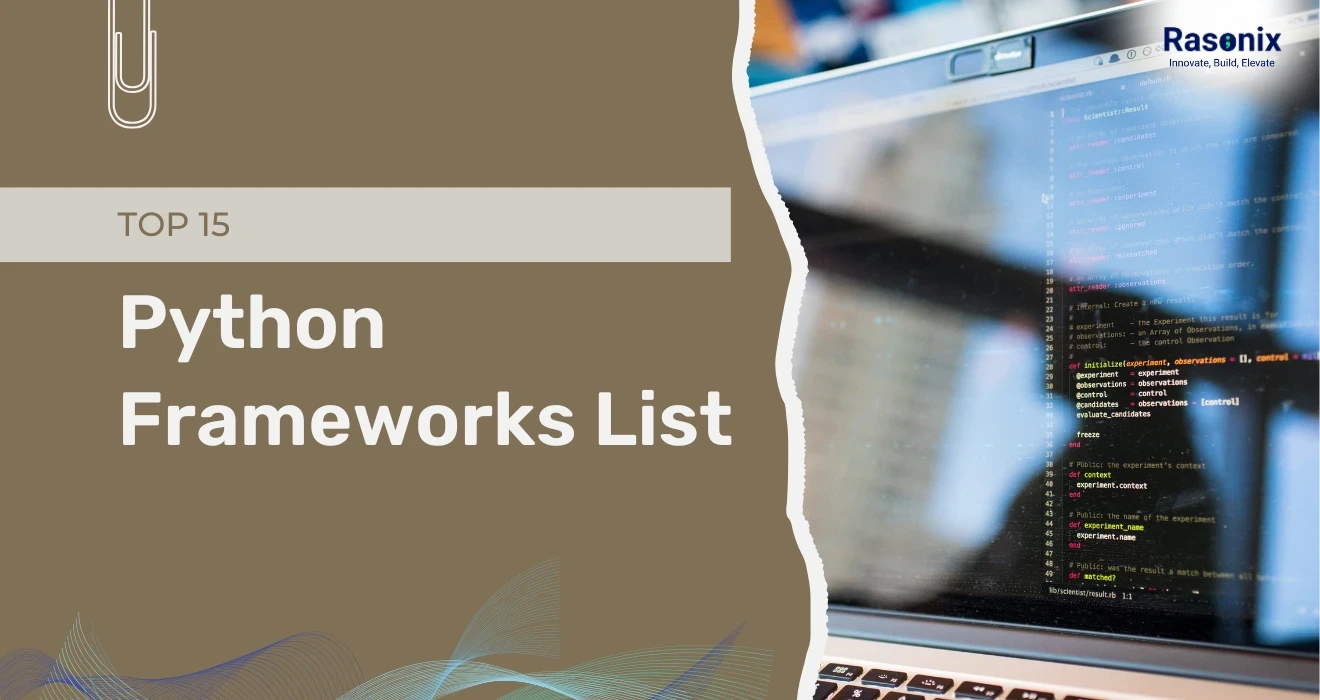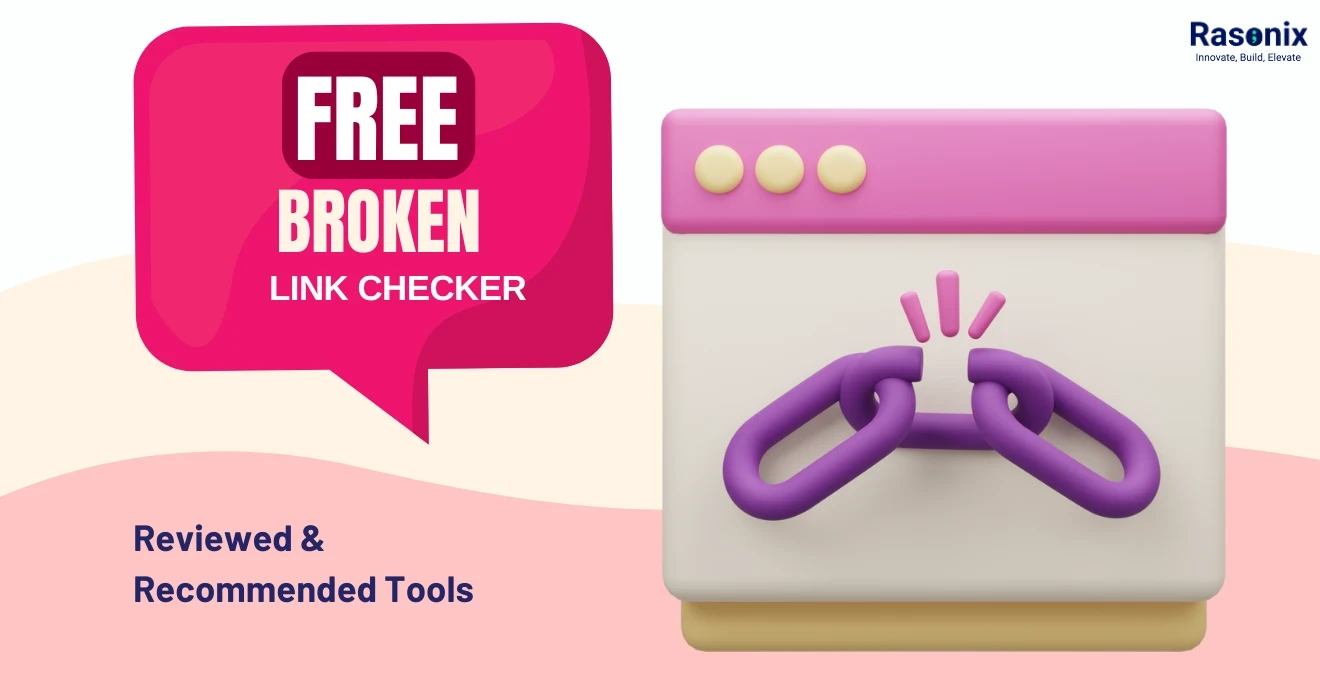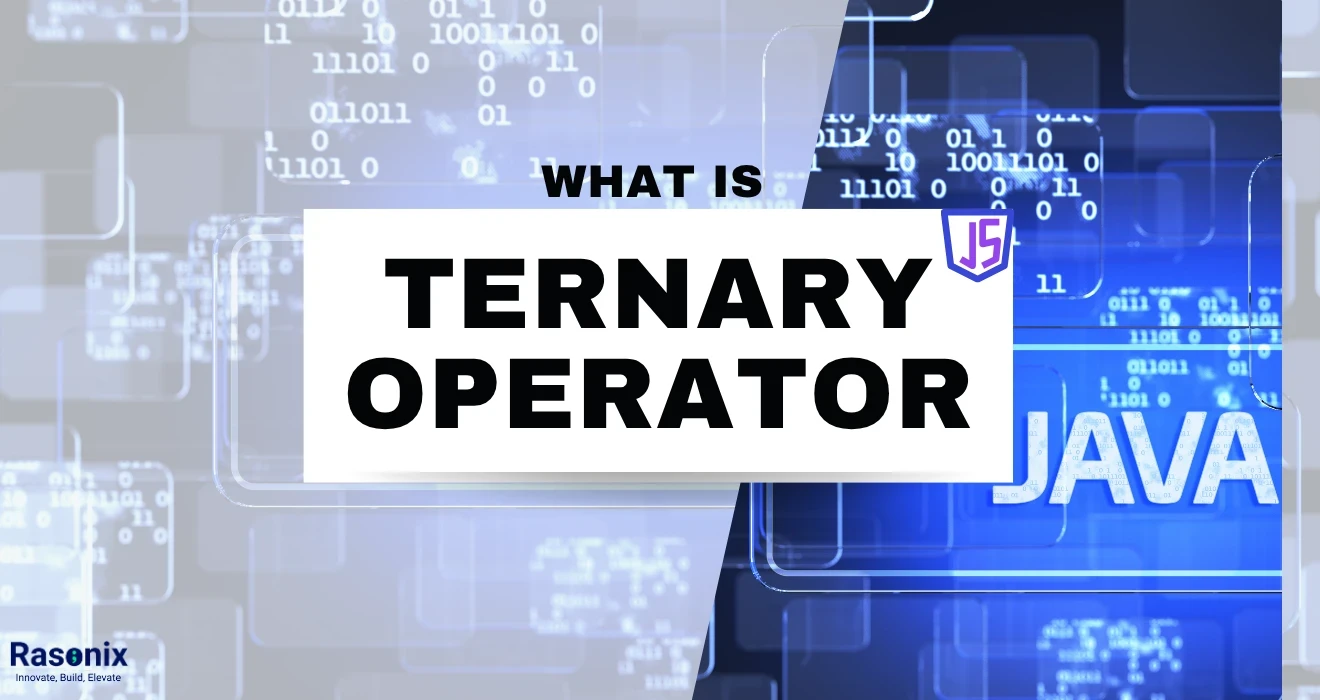In today’s tech-driven world, Python isn’t just a programming language, it’s a business enabler. Whether you're building a high-performance web app, launching an AI-powered startup, or automating backend operations, Python offers the flexibility, community, and speed to get things done. But here’s the catch: not all Python frameworks are created equal.
From Django and FastAPI to Flask, TensorFlow, and Scrapy, each Python framework is built for a specific purpose; some excel at lightning-fast APIs, others at data science or full-stack web apps. Choosing the right one can mean the difference between fast deployment and costly delays, between a scalable solution and a tech bottleneck.
That’s why we created this 2025 guide to the best Python frameworks, to help you cut through the noise and pick the perfect fit for your project, team, and future goals.
Whether you're:
✔ A startup building your MVP,
✔ An enterprise modernizing legacy systems,
✔ Or a business automating workflows with AI and data,
This guide will help you navigate the Python framework ecosystem with clarity and confidence.
What is a Python Framework?

A Python framework is a collection of pre-written modules, tools, and libraries that help developers build applications faster and more efficiently. Instead of coding everything from scratch, frameworks provide a structured foundation, much like scaffolding in construction.
There are three main types:
- Full-Stack Frameworks: All-in-one solutions for web applications
- Microframeworks: Lightweight tools focused on simplicity and speed
- Asynchronous Frameworks: Built for high-performance networking and APIs
List of Top 15 Python Frameworks
Here’s your updated Python framework list, categorised by use case:
Web Development
|
Framework
|
Type
|
Best For
|
Notable Users
|
|
Django
|
Full-Stack
|
Secure, scalable web apps
|
Instagram, Pinterest
|
|
Flask
|
Micro
|
Lightweight REST APIs
|
Netflix, Reddit
|
|
FastAPI
|
Async
|
High-speed modern APIs
|
Microsoft, Uber, Stripe
|
|
Tornado
|
Async
|
Websockets, real-time apps
|
FriendFeed (Facebook)
|
|
Pyramid
|
Flexible
|
Customizable web apps
|
Mozilla, SurveyMonkey
|
AI & Data Science
|
Framework
|
Type
|
Best For
|
Notable
|
|
TensorFlow
|
ML/AI
|
Deep learning, neural networks
|
Google, DeepMind
|
|
PyTorch
|
ML/AI
|
NLP, computer vision
|
Meta, Tesla, OpenAI
|
|
Scikit-learn
|
ML
|
Traditional ML models
|
IBM, Spotify
|
|
Ray
|
Distributed
|
Scaling ML pipelines
|
Netflix, Anyscale
|
Automation & Scripting
|
Framework
|
Type
|
Best For
|
Example
|
|
Scrapy
|
Web Scraping
|
Large-scale data scraping
|
Amazon price crawlers
|
|
BeautifulSoup
|
Parsing
|
Simple web scraping and parsing
|
News aggregators
|
|
Robot Framework
|
Testing
|
Automation + acceptance testing
|
QA teams in DevOps pipelines
|
|
Airflow
|
Workflow
|
Data pipelines & scheduling
|
Airbnb, Slack, PayPal
|
|
Luigi
|
Workflow
|
Task dependency management
|
Spotify's data engineering
|
The 5 Most Popular Python Frameworks (2025)
1. Django - The King of Python Web Frameworks
Why it’s loved:
- Batteries-included (ORM, auth, admin panel, etc.)
- Strong security out-of-the-box
- Rapid development with scalability
Best For:
- E-commerce, SaaS, social networks, internal dashboards
Use Case:
- Instagram uses Django to handle millions of users with dynamic content and real-time updates.
Downside:
- Overkill for small apps; steep learning curve for beginners
Check this out: How to Install Django with Virtualenv - Latest Version
2. Flask - Minimalist and Flexible
Why developers love Flask:
- Simple, readable code
- RESTful routing
- Easy to integrate with any frontend
Best For:
- APIs, MVPs, microservices
Use Case:
- Netflix uses Flask for some internal APIs and lightweight services that need to deploy fast.
Watch Out For:
- You’ll need to plug in libraries for ORM, auth, etc. It’s flexible, not batteries-included.
3. FastAPI - Async and Blazing Fast
Why it stands out:
- Async support for high-concurrency apps
- Built-in OpenAPI & JSON schema
- Type-safe, IDE-friendly
Best For:
- Fintech, AI APIs, real-time apps
Use Case:
- Uber uses FastAPI for internal microservices that demand speed and reliability.
Fun Fact:
- FastAPI can outperform Flask and even Node.js in certain benchmarks.
4. PyTorch - Deep Learning for AI Projects
Why it’s trending:
- Developer-friendly syntax
- Dynamic computation graph
- Wide adoption in AI research
Best For:
- NLP, computer vision, model experimentation
Use Case:
- Tesla’s Autopilot uses PyTorch for object detection and neural networks.
5. Scrapy - Data Crawling Made Easy
Why it rocks:
- Asynchronous web scraping
- Built-in middleware
- Handles retries, cookies, proxies
Best For:
- Market research, SEO tools, data collection
Use Case:
- Many eCommerce price intelligence platforms (like JungleScout) use Scrapy to pull real-time competitor data.
Case Studies: Real Businesses, Real Results
Case 1: Django for E-commerce
|
Client
|
Mid-sized retail brand in India
|
|
Need
|
Scalable online store with admin backend
|
|
Solution
|
Django + PostgreSQL + Stripe API
|
Result:
- Launch in 45 days
- 3x faster page loads than their old PHP site
- Integrated inventory, order tracking, and analytics
Case 2: FastAPI for Fintech Microservices
|
Client
|
Fintech startup (confidential)
|
|
Need
|
Low-latency REST API for KYC/AML checks
|
|
Solution
|
FastAPI + Redis + JWT auth
|
Result:
- 40% faster API response times than Flask
- Easy OpenAPI docs for integration partners
- Scaling up to 20,000+ concurrent requests
Case 3: Scrapy for SEO Monitoring
|
Client
|
Global SEO agency
|
|
Need
|
Daily competitor keyword and backlink crawler
|
|
Solution
|
Scrapy + CronJobs + AWS Lambda
|
Result:
- 100K+ pages scraped daily
- 24/7 uptime monitoring
- Data feeding directly into Google Data Studio
How to Choose the Right Framework in Python
Ask yourself:
|
Question
|
If YES,
|
|
Do you need speed + scalability?
|
FastAPI, Tornado
|
|
Want full features & quick launch?
|
Django
|
|
Lightweight microservice?
|
Flask, Falcon
|
|
Working on an AI/ML project?
|
PyTorch, TensorFlow
|
|
Need automated workflows?
|
Airflow, Luigi
|
|
Web scraping at scale?
|
Scrapy
|
Also consider:
- Team expertise: Junior devs might prefer Django/Flask.
- App size: Larger apps need scalable frameworks like FastAPI.
- Future goals: Are you expecting thousands of users or hundreds?
2025 Trends in Python Frameworks
- FastAPI is quickly gaining ground and may overtake Flask in modern API development.
- AI frameworks like PyTorch and TensorFlow are becoming more web-integrated with hybrid apps.
- Workflow tools (Airflow, Prefect) are essential for data-driven startups.
Bonus: Framework Performance Comparison (2025 Benchmarks)
|
Framework
|
Requests/sec
|
Startup Time
|
Async Support
|
|
FastAPI
|
34,000
|
Fast
|
✔
|
|
Flask
|
12,000
|
Fast
|
❌
|
|
Django
|
9,500
|
Medium
|
❌
|
|
Tornado
|
20,000
|
Medium
|
✔
|
Final Thoughts
There’s no single “best” framework in Python, only the best for your project.
✔ Building a full web app? Go Django.
✔ Need fast, async APIs? Choose FastAPI.
✔ Doing data scraping or automation? Scrapy or Airflow.
✔ Jumping into AI? PyTorch is your best friend.
The right Python framework can save you months of effort, reduce bugs, and help scale faster. Whether you're prototyping or building production-grade apps, use this guide as your north star.
Ready to Build Smarter with Python?
At Rasonix, we don’t just write code, we engineer intelligent solutions with the best frameworks Python has to offer.
✔ Need help choosing between Django, FastAPI, or Flask?
✔ Want to scale your AI product with PyTorch or TensorFlow?
✔ Looking to automate data scraping or backend workflows?
Let’s talk. We’ve helped startups, enterprises, and agencies build high-performing applications using cutting-edge Python stacks on time and on budget. Book a free consultation with Rasonix and let our experts turn your vision into scalable, production-grade reality.



















 Subscribe Now
Subscribe Now